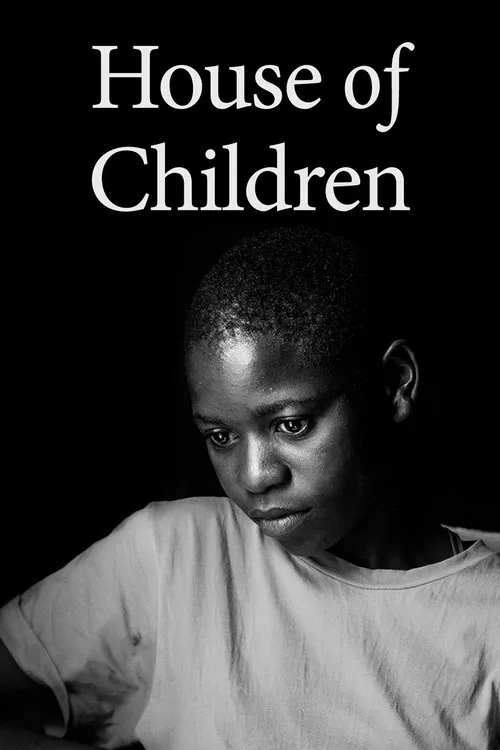House of Children

Plot
In the heart of Zimbabwe, a children's home stands as a refuge for those in need. "House of Children" is a poignant film that delves into the lives of the young residents, offering a glimpse into their world and the challenges they face. The story is set against the backdrop of poverty, neglect, and abandonment, highlighting the resilience and determination of the young people living within the walls of the home. The film focuses on a small group of children who call the home their temporary haven. There's Thembi, a 15-year-old who has been at the home for a few years, trying to make sense of her circumstances. Her story is intertwined with that of Buhle, a younger boy who struggles with his own share of emotional trauma. Other children, including Lwando, Thembelihle, and Zwide, each bring their own stories and personalities to the narrative. As the days turn into weeks, and the weeks into months, the story unfolds, revealing the intricate dynamics at play within the home. The children form close bonds, finding comfort and solace in each other's company. They share laughter, tears, and moments of quiet introspection, providing a glimpse into their inner worlds. Amidst these relationships, the adults who care for the children offer guidance, support, and unconditional love. However, life in the home is far from easy. Resources are scarce, and the children often go without basic necessities like food, clothing, and healthcare. The adults do their best with the little they have, but the system seems stacked against them. Visitors from outside often drop by, bringing a sense of hope, but also the harsh realities of a world that seems determined to forget about the most vulnerable. As the story progresses, the children face challenges that threaten to upend their fragile lives. Thembi struggles with feelings of guilt and abandonment, grappling with the pain of being left behind by her own family. Buhle, meanwhile, faces the dark secrets of his past head-on, confronting the pain that has haunted him for years. Through their experiences, the film sheds light on the systemic failures that allow children to fall through the cracks. Throughout "House of Children," the narrative is interspersed with moments of beauty and joy. The children, despite their hardships, find ways to laugh, play, and create. Music, dance, and art become an integral part of their lives, providing a release and an expression of their emotions. In these moments, the film transcends its somber tone, offering a testament to the strength and resilience of the human spirit. As the story draws to a close, the characters face a turning point. Will they find closure and healing, or will the circumstances of their lives continue to conspire against them? The film leaves the audience with a sense of uncertainty, inviting them to reflect on the lives of these young people and the world that they inhabit. "House of Children" is a powerful exploration of the human condition, a poignant reminder that even in the darkest of times, there is always hope. Through its narrative, the film challenges its viewers to confront the harsh realities faced by millions of children worldwide who are living on the fringes of society. By shining a light on their stories, the film offers a platform for change and a call to action for those who would listen.
Reviews
Recommendations




